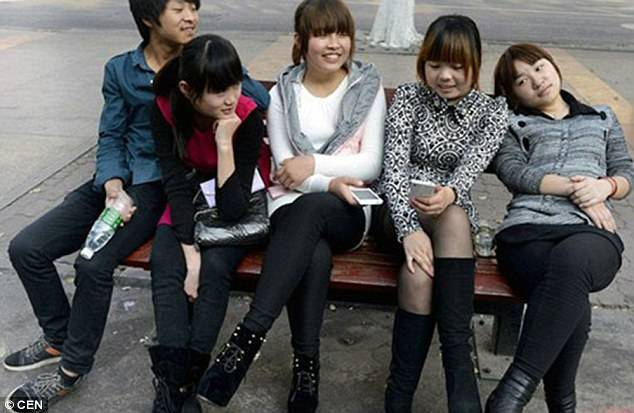China #1, US #2, India #3
---
China is set to overtake the U.S. as the world's number one economy, while India has jumped into third place ahead of Japan, according to a new study from the world's leading statistical agencies.
The 2011 International Comparison Program (ICP), which involves the World Bank, assesses economies based on purchasing power parity (PPP), an estimate of the real living costs. The results revealed on Wednesday paint a new and different picture of the global economy compared with the last update in 2005.
The research puts China's gross domestic product (GDP) at 87 percent of the U.S. in 2011 and says the Chinese and Indian economies have more than doubled relative to that of the U.S. In the 2005 study, the ICP believed China's economy was less than half the size of the U.S., at 43 percent.
"The United States remained the world's largest economy, but it was closely followed by China when measured using PPPs. India was now the world's third largest economy, moving ahead of Japan," the report said.
It added: "The results indicate that only a small number of economies have the greatest shares of world GDP. However, the shares of large economies such as China and India have more than doubled relative to that of the United States."
China to overtake US economy; India trumps Japan
---
China is set to overtake the U.S. as the world's number one economy, while India has jumped into third place ahead of Japan, according to a new study from the world's leading statistical agencies.
The 2011 International Comparison Program (ICP), which involves the World Bank, assesses economies based on purchasing power parity (PPP), an estimate of the real living costs. The results revealed on Wednesday paint a new and different picture of the global economy compared with the last update in 2005.
The research puts China's gross domestic product (GDP) at 87 percent of the U.S. in 2011 and says the Chinese and Indian economies have more than doubled relative to that of the U.S. In the 2005 study, the ICP believed China's economy was less than half the size of the U.S., at 43 percent.
"The United States remained the world's largest economy, but it was closely followed by China when measured using PPPs. India was now the world's third largest economy, moving ahead of Japan," the report said.
It added: "The results indicate that only a small number of economies have the greatest shares of world GDP. However, the shares of large economies such as China and India have more than doubled relative to that of the United States."
China to overtake US economy; India trumps Japan




